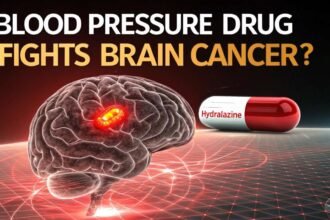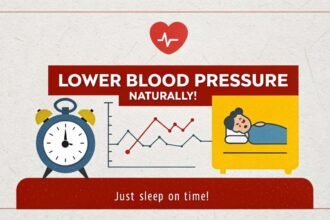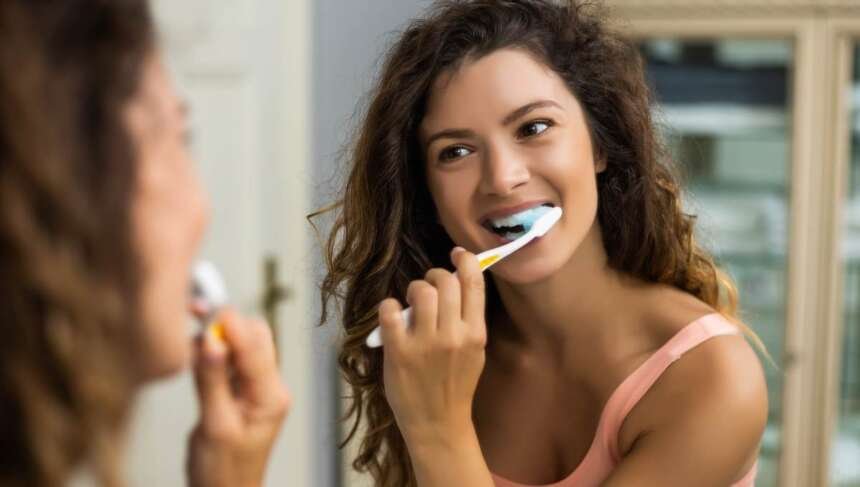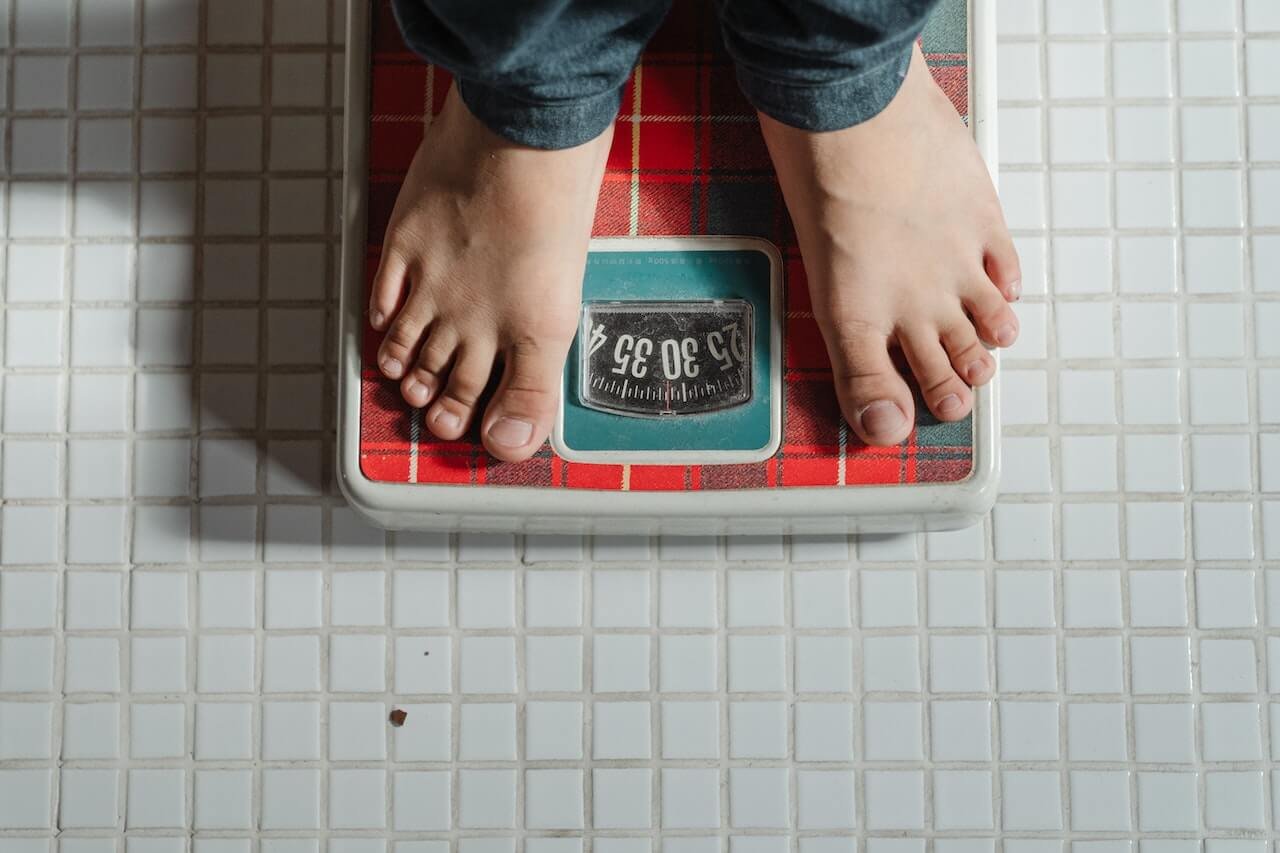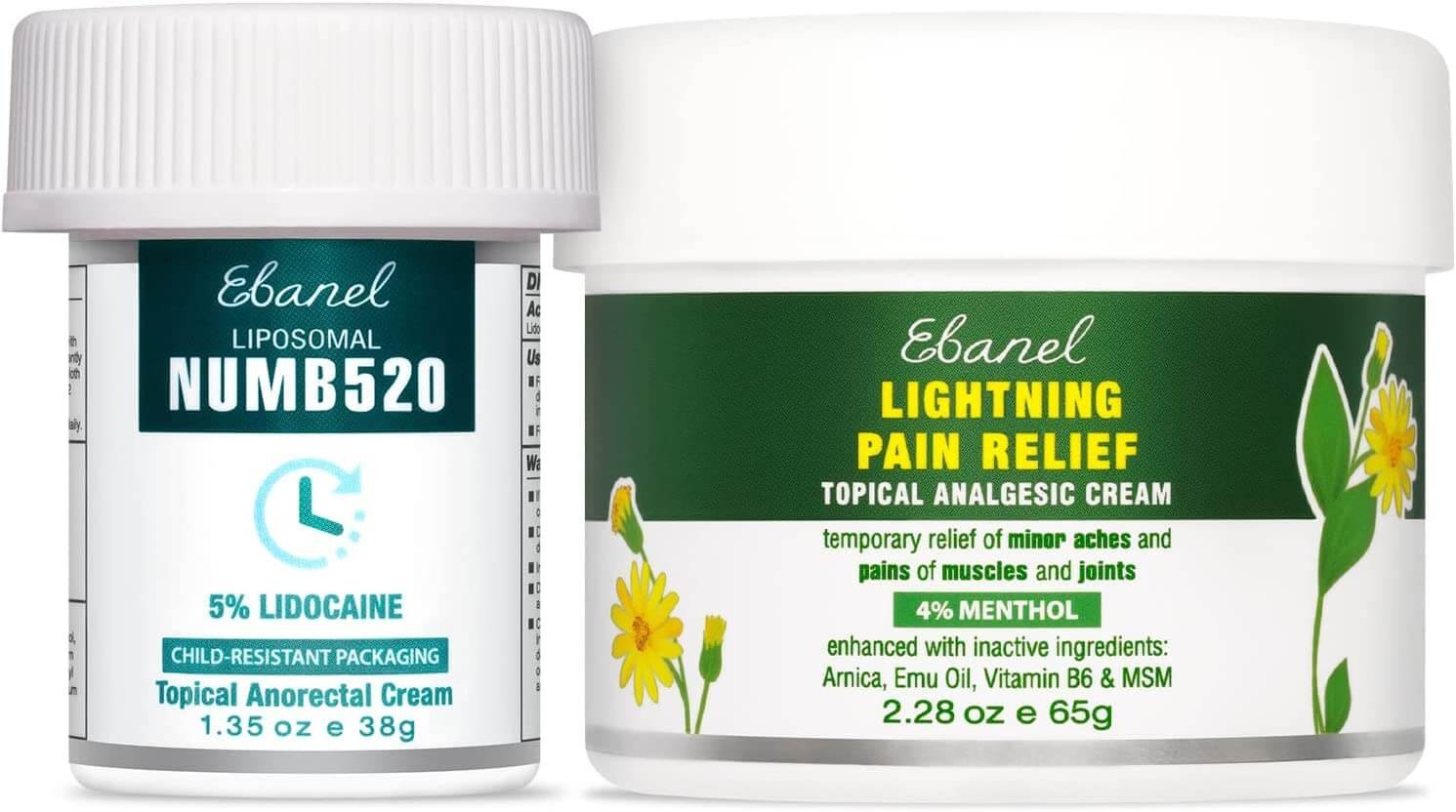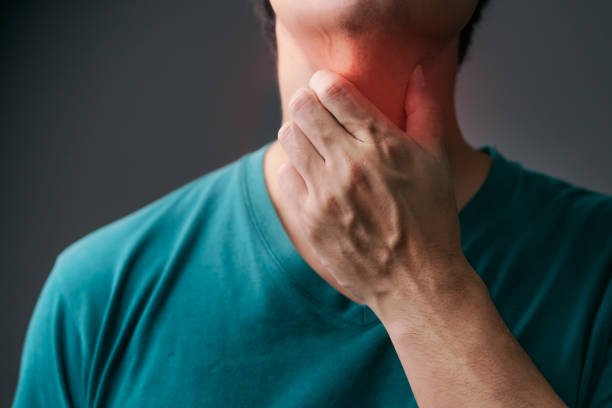Taking care of your teeth and gums is very important for your general health and well-being. If you don’t clean your teeth properly, you could get cavities, gum disease, and even health problems that affect your whole body, like heart disease and diabetes.
There are many methods and tools on the market for cleaning teeth, but it’s important to stick to practices that have been shown to work. Based on research and the opinions of experts, this piece will talk about the best way to clean your dirty teeth.
The Importance of Proper Teeth Cleaning
Before talking about the best ways to clean your teeth, it’s important to know why it’s important to do so.
The National Institute of Dental and Craniofacial Research (NIDCR) says that not taking care of your teeth properly can cause plaque to build up. Plaque is a film of germs that sticks to teeth and stays there.
Plaque makes acids that eat away at tooth enamel. If you don’t fix it, cavities and gum disease will happen.
According to NIDCR, almost half of people in the US aged 30 and up have some form of periodontal disease. This is a serious gum infection that can cause tooth loss and other health problems.
The best way to avoid these dental problems and keep your mouth healthy is to clean your teeth properly.
The Best Way to Clean Your Dirty Teeth
1. Brushing Technique
The most important part of cleaning your teeth is brushing them the right way. The American Dental Association (ADA) says that you should use a soft-bristled toothbrush and fluoride toothpaste to brush your teeth twice a day for two minutes each time.
Holding the toothbrush at a 45-degree angle to the gums and brushing back and forth slowly in short strokes is the right way to do it.
According urbndental.com, modified Bass method, which involves gently moving the toothbrush bristles in a circle and angling them toward the gum line, removes plaque and helps keep gum disease at bay.
2. Flossing
Even though brushing is important, it can’t get to the places where plaque and food can build up, like between teeth and under the gum line. To get rid of these buildups and avoid cavities and gum disease, you must floss every day.
The ADA says that you should brush every day, preferably before bed. A systematic study in the Journal of Clinical Periodontology found that regular flossing along with brushing cuts down on plaque and gingivitis (inflamed gums) much more than brushing alone.
3. Interdental Cleaners
Interdental tools, like interdental brushes or picks, can help get rid of plaque and food stuck between teeth that are hard to reach.
A study in the Journal of Clinical Dentistry discovered that using interdental brushes along with regular cleaning and flossing made gingival health much better and decreased bleeding.
4. Mouthwash
Using an antiseptic mouthwash can help with oral health, but it’s not a replacement for brushing and flossing. The American Dental Hygienists’ Association (ADHA) says that therapeutic mouthwashes with cetylpyridinium chloride or essential oils can help get rid of plaque, gingivitis, and bad breath.
A systematic study in the Journal of the American Dental Association found that using an antimicrobial mouthwash along with regular flossing and brushing can make gum health much better and lower plaque levels.
5. Professional Dental Cleanings
Even if you take good care of your teeth at home, you still need to see a dentist or dental assistant regularly for cleanings.
At these appointments, a trained expert will remove tartar and hardened plaque (calculus) that you can’t get rid of by brushing and flossing every day.
Professional dental cleanings should be done every six months, or as often as your dentist tells you to, based on your personal risk factors for dental diseases.
Expert Tips for Better Teeth Cleaning
In addition to the evidence-based techniques mentioned above, experts share valuable tips to enhance the effectiveness of your teeth cleaning routine:
- Replace your toothbrush every three to four months or sooner if the bristles become frayed. Worn-out bristles are less effective at removing plaque and can potentially damage your gums.
- Pay extra attention to areas where plaque tends to accumulate, such as the gum line, the back teeth, and areas around fillings or other dental work.
- Use proper brushing pressure. Brushing too hard can damage your gums and tooth enamel, while brushing too lightly may not remove plaque effectively.
- Consider using an electric toothbrush, as research has shown that they can be more effective at removing plaque than manual toothbrushes, especially for individuals with dexterity issues.
- Maintain a balanced diet and limit sugary and acidic foods and beverages, as these can contribute to tooth decay and erosion.
- If you have any dental issues or concerns, consult with your dentist or dental hygienist for personalized advice and treatment.

